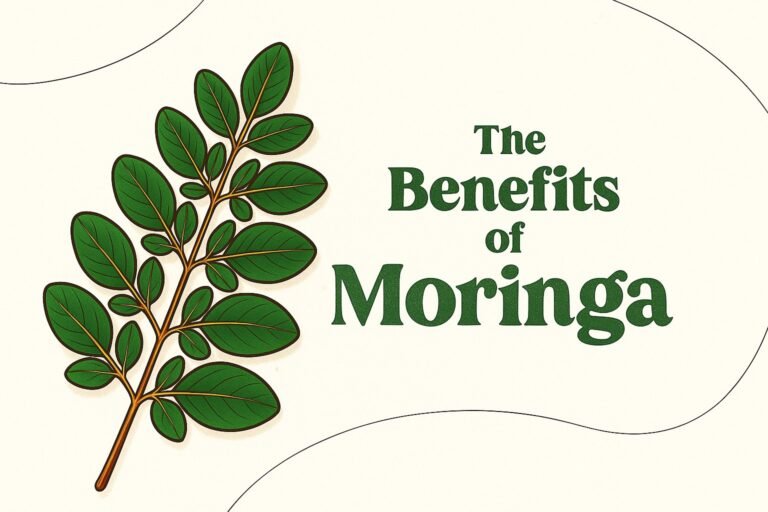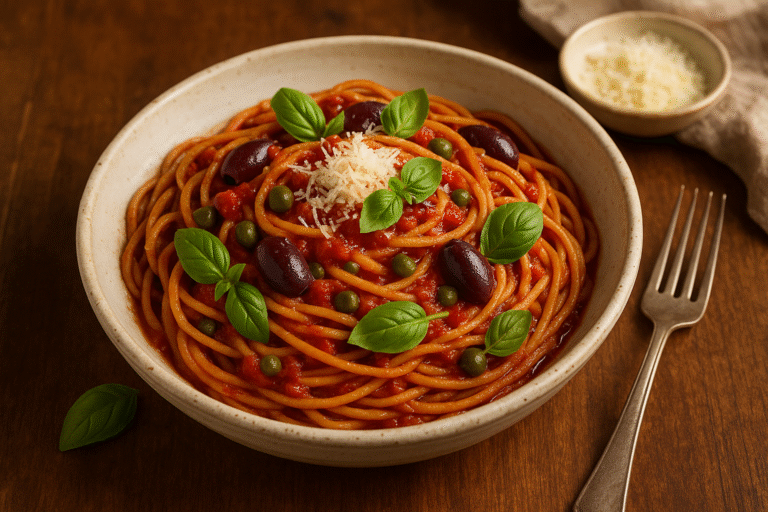Herbs: When Dr. Sarah Chen started her career as an oncologist, she dismissed traditional herbal remedies as unscientific folklore. That changed dramatically when a colleague shared recent research on turmeric’s anti-inflammatory properties. “I was stunned by the rigor of the clinical trials,” she recalls. “It made me rethink my entire approach to complementary medicine.”
Dr. Chen’s experience reflects a broader shift happening in healthcare. Traditional herbs, once relegated to alternative medicine cabinets, are increasingly finding their way into mainstream clinical practice, backed by robust scientific evidence. This transformation aligns with the growing recognition of holistic health approaches that integrate traditional wisdom with modern science.

The numbers tell a compelling story: the brain health supplement market alone, currently valued at 7.6billion,isprojectedtogrowto7.6 billion, is projected to grow to 7.6billion, is projected to grow to 15.59 billion by 2030 according to recent market research. This explosive growth isn’t just driven by consumer trends but by an accumulating body of clinical evidence supporting the efficacy of natural compounds.
In this article, we’ll explore five ancient herbs whose traditional uses have now been validated by modern science, creating a bridge between centuries-old wisdom and contemporary evidence-based medicine. For those interested in exploring more about traditional herbal therapy, this evidence-based approach offers a foundation for informed decision-making.
The Scientific Revolution in Herbal Medicine

From Folklore to Clinical Trials
For thousands of years, traditional healing systems like Ayurveda, Traditional Chinese Medicine (TCM), and indigenous herbal practices relied on careful observation passed down through generations. While effective in many cases, these approaches lacked the standardization and controlled testing that define modern medicine. The World Health Organization recognizes that traditional medicine emphasizes nature-based remedies and holistic approaches to restore balance.
Today’s herbal research follows a rigorous path: ethnobotanical investigation identifies promising plants; laboratory studies isolate active compounds; animal models test safety and mechanisms; and finally, randomized controlled trials with human subjects confirm clinical effects. This scientific approach has transformed how we view traditional remedies, as detailed in ancestral health practices.
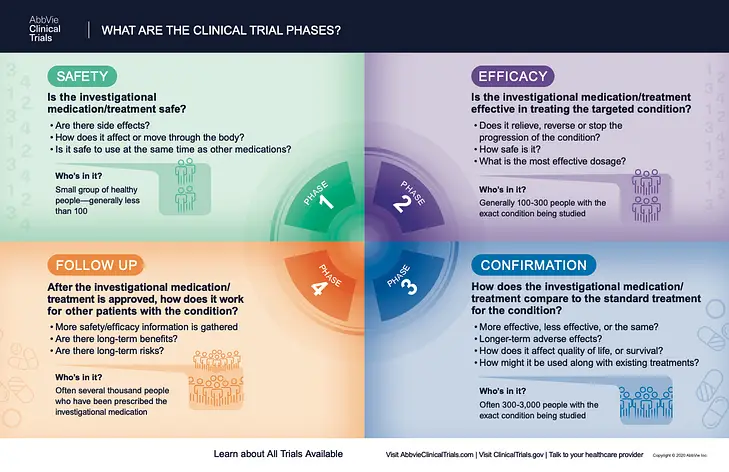
Why Clinical Validation Matters
Clinical validation of herbal medicines addresses several critical concerns:
•Safety: Controlled studies identify potential side effects, interactions, and appropriate dosages
•Standardization: Research establishes consistent preparations with reliable active compound levels
•Integration: Evidence allows for responsible integration with conventional treatments
•Accessibility: Clinically validated herbs can be recommended by mainstream healthcare providers
The National Center for Complementary and Integrative Health (NCCIH) provides comprehensive information about herbal supplements and their scientific evidence. Modern laboratories now routinely analyze herbal extracts with technologies that would have seemed magical to traditional healers—mass spectrometry, genomic analysis, and advanced imaging techniques that reveal exactly how plant compounds interact with human physiology.
Garlic (Allium sativum): The Heart’s Ancient Guardian
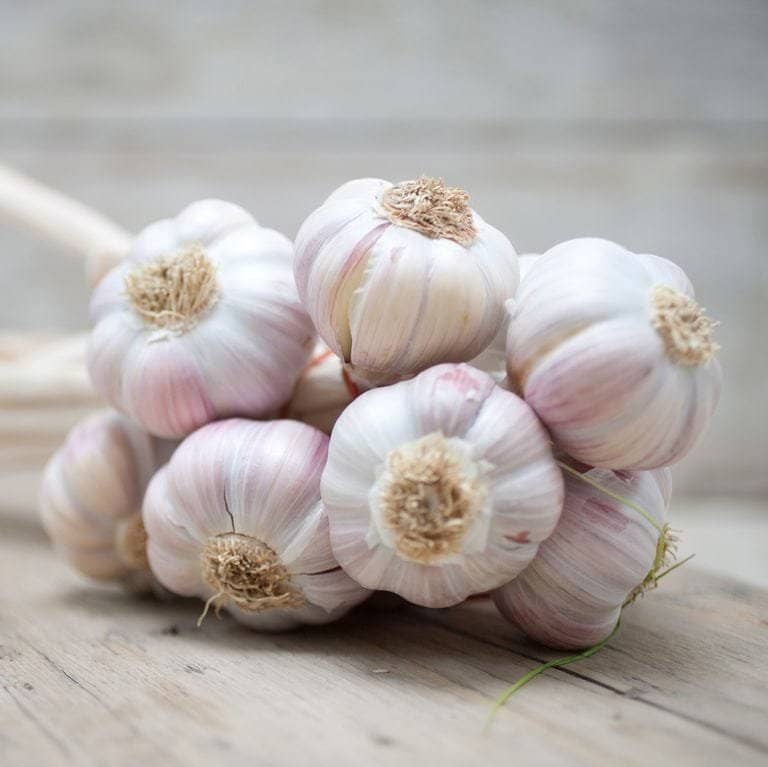
Traditional Background
Giuseppe, a 67-year-old Italian grandfather, begins each morning by crushing a clove of fresh garlic and swallowing it with water. His cardiologist daughter was initially skeptical until she began researching garlic’s cardiovascular effects and found compelling evidence supporting her father’s ritual.
Garlic’s medicinal use spans more than 5,000 years across diverse cultures from ancient Egypt to China, India, and Greece. Traditional applications focused on infections, heart health, and blood circulation—intuitions that modern science has largely validated.
Clinical Evidence
Recent meta-analyses of clinical trials show garlic preparations can reduce blood pressure by approximately 9% when using 0.6-1.2g of garlic powder daily—an effect comparable to some first-line blood pressure medications but with fewer side effects. Research published in PMC shows an inverse correlation between garlic consumption and reduced risk of cardiovascular disease progression.
Multiple studies also demonstrate garlic’s ability to:
•Lower total cholesterol by 7-10%
•Inhibit platelet aggregation, reducing clot formation risk
•Improve arterial elasticity
A particularly promising 2023 study published in The Journal of Nutrition found that aged garlic extract significantly reduced coronary atherosclerosis progression in patients already receiving standard care.
How It Works
Garlic’s cardiovascular benefits stem from several mechanisms:
•Allicin and sulfur compounds: Released when garlic is crushed, these compounds interact with red blood cells to produce hydrogen sulfide, a potent vasodilator
•Nitric oxide enhancement: Garlic increases nitric oxide production, relaxing blood vessels
•Antioxidant pathways: Reduces oxidative stress that contributes to atherosclerosis
•Anti-inflammatory effects: Dampens vascular inflammation involved in heart disease
Clinical Applications
Modern clinical applications of garlic focus on standardized aged garlic extract (AGE), which offers consistent potency and reduced odor. Typical protocols recommend 600-1,200mg daily of standardized extract, equivalent to approximately 1-2 cloves of fresh garlic.
Healthcare providers increasingly suggest AGE as a complementary approach for patients with mild to moderate hypertension or those seeking preventive cardiovascular care. Unlike raw garlic, these extracts cause minimal digestive discomfort or breath issues. For more information on integrating natural approaches with conventional care, see our guide on pharmacist-herbalist collaboration.
Turmeric (Curcuma longa): The Golden Anti-Inflammatory
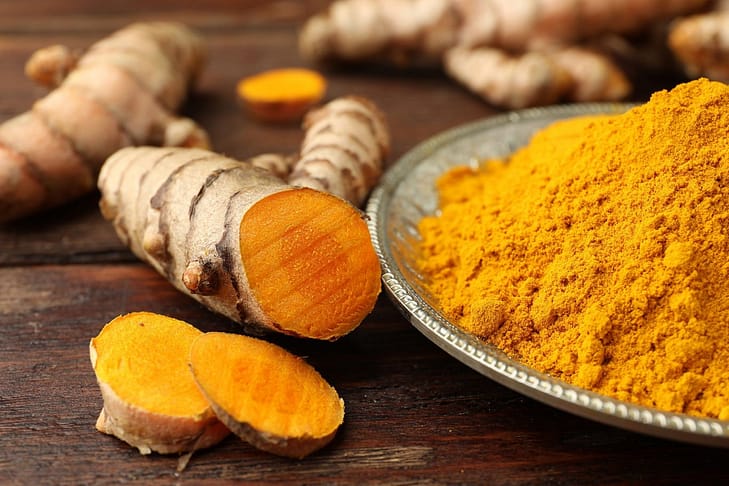
Traditional Roots
Priya grew up watching her grandmother prepare golden milk—turmeric steeped in warm milk with black pepper—as a remedy for joint pain. Decades later, rheumatologists are prescribing similar formulations, now backed by clinical research showing significant anti-inflammatory effects.
Turmeric has been a cornerstone of Ayurvedic medicine for over 4,000 years. Traditional practitioners used this vibrant golden root for inflammation, digestion, wound healing, and skin conditions—applications that align remarkably well with current research findings.
Scientific Validation
Modern research has produced over 3,000 published studies on curcumin, turmeric’s primary bioactive compound. Harvard Health reports that clinical trials show effects comparable to non-steroidal anti-inflammatory drugs (NSAIDs) for some conditions:
•A 2021 systematic review found curcumin significantly reduced visual analogue scale (VAS) pain scores in knee osteoarthritis patients compared to placebo
•Clinical data shows up to 58% reduction in pain and stiffness in arthritis patients using standardized extracts
•Multiple studies demonstrate curcumin’s ability to reduce inflammatory biomarkers, including C-reactive protein and pro-inflammatory cytokines
Johns Hopkins Medicine notes that research shows turmeric may help with osteoarthritis symptoms when used consistently.
Bioavailability Breakthrough
Early clinical trials with curcumin produced disappointing results until researchers addressed a critical limitation: poor absorption. Recent innovations have dramatically improved bioavailability:
•Piperine combination: Black pepper extract enhances curcumin absorption by up to 2,000%
•Liposomal delivery: Encapsulating curcumin in phospholipid bubbles increases bloodstream absorption
•Phytosome technology: Binding curcumin to phosphatidylcholine improves cellular uptake
•Nano-curcumin: Microscopic particles allow for better absorption
These advancements explain why modern formulations show significantly stronger effects than earlier studies using unenhanced curcumin.
Clinical Applications
Current evidence supports using 500-1000mg of curcumin with piperine daily for inflammatory conditions, particularly osteoarthritis. Some clinics now use curcumin preparations for post-surgical inflammation reduction, with protocols typically starting two days before surgery and continuing through recovery.
Integrative healthcare providers often recommend curcumin as a first-line approach for mild inflammation or as a complementary therapy alongside conventional treatments for chronic inflammatory conditions. This approach aligns with plant-based wellness strategies that emphasize natural anti-inflammatory compounds.
Ashwagandha (Withania somnifera): The Stress-Fighting Adaptogen
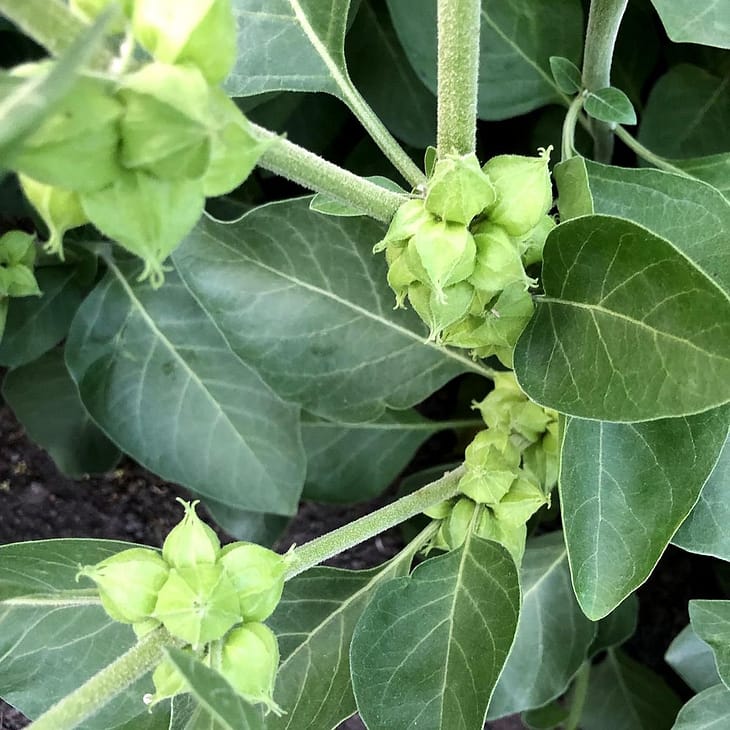
Ayurvedic Heritage
Michael, a high-level technology executive, found himself experiencing burnout after years of 80-hour workweeks. His integrative physician recommended ashwagandha, monitoring his cortisol levels before and after treatment. After eight weeks, both his subjective stress and objective cortisol levels showed remarkable improvement.
Ashwagandha has been used for over 3,000 years in Ayurveda as a rasayana (rejuvenative) to promote physical and mental health. Its Sanskrit name, meaning “smell of horse,” refers to both its distinct odor and the traditional belief that it imparts the strength and vitality of a stallion.
Clinical Research Breakthroughs
Recent clinical trials have transformed ashwagandha from a traditional remedy to an evidence-based intervention. The NIH Office of Dietary Supplements reports that studies found ashwagandha significantly reduced stress and anxiety levels:
•A landmark study published in the Journal of Alternative and Complementary Medicine showed a 27.9% reduction in cortisol levels after 60 days of ashwagandha supplementation, compared to just 7.9% in the placebo group
•Multiple randomized controlled trials demonstrate significant reductions in stress and anxiety scores
•Studies in healthy adults show improved strength and muscle mass with ashwagandha supplementation
•Research indicates improved sleep quality and reduced insomnia severity
Memorial Sloan Kettering Cancer Center notes that limited clinical data suggest ashwagandha promotes growth and improves various health parameters.
Mechanism of Action
Ashwagandha works through several complementary mechanisms:
•HPA axis modulation: Helps regulate the hypothalamic-pituitary-adrenal axis, the body’s central stress response system
•GABAergic activity: Mimics the action of gamma-aminobutyric acid, a calming neurotransmitter
•Neuroprotective effects: Withanolides (steroid lactones) in ashwagandha protect brain cells from stress-related damage
These mechanisms explain ashwagandha’s unique ability to both energize and calm, helping the body adapt to stressors rather than simply suppressing symptoms. This adaptogenic quality makes it particularly valuable in mental health and wellness strategies.
Clinical Protocols
Modern clinical applications focus on standardized extracts, particularly KSM-66, which contains the full spectrum of active compounds. Typical protocols include:
•Stress reduction: 300-600mg of KSM-66 extract daily
•Sleep improvement: 300mg before bedtime
•Exercise recovery: 500mg twice daily
•Cognitive support: 300mg twice daily
Most protocols require 4-12 weeks for maximum benefit, with effects often becoming noticeable within the first month of consistent use.
Ginkgo Biloba: The Memory Tree

Ancient Wisdom
Professor Robert, an emeritus faculty member still teaching at 82, attributes his continued mental acuity partly to his daily ginkgo regimen—a habit he began after reading early European research on the herb 30 years ago. “I can’t prove it’s the ginkgo,” he says, “but my younger colleagues often ask how I maintain such sharp recall.”
Ginkgo biloba represents a living fossil—essentially unchanged for 270 million years and the sole survivor of an ancient plant family. Traditional Chinese medicine has utilized its fan-shaped leaves for centuries to improve circulation and brain function.
Cognitive Research
The scientific literature on ginkgo’s cognitive effects shows mixed but promising results. The NCCIH provides detailed information about ginkgo’s research status:
•A 2020 systematic review found modest improvements in cognitive function for patients with mild cognitive impairment using standardized ginkgo extract
•Studies show increased cerebral blood flow and improved microcirculation in brain tissue
•Research indicates enhanced neuroplasticity and neuroprotection against oxidative damage
However, not all studies show benefit, particularly in healthy individuals without cognitive decline. The strongest evidence supports ginkgo’s use in early-stage cognitive changes rather than as a preventive measure.
Active Compounds
Ginkgo’s cognitive benefits stem from two main compound groups:
•Flavonoids (ginkgo-flavone glycosides): Provide antioxidant protection and improve blood vessel elasticity
•Terpenoids (ginkgolides and bilobalide): Reduce inflammation and improve circulation by inhibiting platelet-activating factor
These compounds work synergistically to enhance brain circulation, protect against oxidative stress, and support neuronal energy production.
Evidence-Based Use
Current clinical applications center on the standardized EGb 761 extract, which contains precisely calibrated levels of active compounds. Evidence supports:
•120-240mg daily of standardized extract for cognitive support
•Divided doses (morning and evening) for optimal effect
•Consistent use for at least 6-12 weeks before evaluating efficacy
•Possible benefits for attention, processing speed, and memory in age-related cognitive changes
Some European countries now include standardized ginkgo extracts in their national formularies for treating mild cognitive impairment.
Ginseng (Panax ginseng): The Energy Root
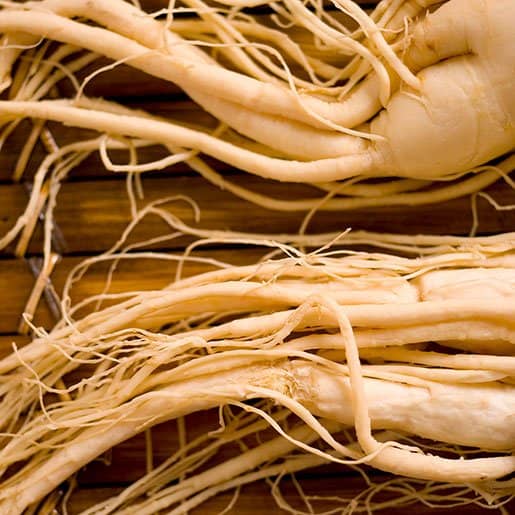
Royal Heritage
Jae-Hwan, CEO of a South Korean technology company, continues his family’s century-old tradition of consuming ginseng tea daily—a practice once reserved for royalty in ancient Korea. “What my ancestors knew intuitively,” he notes, “modern science now confirms.”
Ginseng has been revered in Traditional Chinese Medicine for over 2,000 years, earning the title “king of herbs” for its wide-ranging benefits. Ancient medical texts described it as a superior tonic that increases vital energy and promotes longevity.
Clinical Evidence
Contemporary research has validated several traditional uses of ginseng. Clinical trials registered in the WHO database show extensive research into ginseng’s effects:
•Clinical trials demonstrate reduced mental and physical fatigue during cognitively demanding tasks
•Studies show enhanced immune system function, particularly natural killer cell activity
•Research indicates improved glucose regulation in both diabetic and non-diabetic individuals
•Evidence supports improved cognitive function, including attention, working memory, and processing speed
A 14-week randomized controlled trial published in the Journal of Translational Medicine found Korean Red Ginseng significantly increased immune cell activity compared to placebo. Research on anti-fatigue effects demonstrates ginseng’s potential for improving energy levels.
Ginsenoside Science
Ginseng’s benefits stem primarily from ginsenosides—triterpene saponins with adaptogenic properties:
•Over 40 different ginsenosides have been identified with varying effects
•Different ginsenoside profiles explain the distinct properties of white, red, and American ginseng varieties
•These compounds modulate stress response systems, neurotransmitter activity, and cellular energy production
Research shows that processing methods (steaming, drying, fermentation) alter ginsenoside composition, explaining why traditional preparation techniques produce different therapeutic effects.
Clinical Applications
Modern clinical applications include:
•Energy and stress: 200-400mg standardized extract daily
•Immune support: 400mg Korean Red Ginseng daily
•Cognitive enhancement: 200-400mg standardized extract, often cycled (4 weeks on, 2 weeks off)
•Metabolic support: 200-400mg American ginseng before meals
Different ginseng species offer distinct benefits: Asian ginseng (Panax ginseng) provides more stimulating effects, while American ginseng (Panax quinquefolius) offers gentler action preferred for metabolic support. This aligns with physical wellness insights that emphasize sustainable energy approaches.
How Each Herb Works in the Body

Integration into Modern Healthcare

Working with Healthcare Providers
As herbal medicines gain scientific validation, integration with conventional healthcare becomes increasingly important. The collaboration between pharmacists and herbalists represents a new frontier in healthcare delivery. Key considerations include:
•Disclosure: Always inform healthcare providers about herbs you’re taking
•Interactions: Some herbs affect medication metabolism or have additive effects
•Timing: Separate herbal supplements from medications when possible
•Monitoring: Regular follow-up for both benefits and potential side effects
•Quality: Choose products from reputable manufacturers with third-party testing
Mayo Clinic emphasizes that herbal supplements can interact with medicines used to treat heart and blood vessel problems. Many healthcare systems now employ integrative medicine specialists who can bridge traditional herbal knowledge and conventional approaches.
Quality and Standardization
Not all herbal products are created equal. Research-backed herbs require:
•Standardization: Consistent levels of active compounds
•Third-party testing: Verification of identity, potency, and purity
•Good Manufacturing Practices (GMP): Adherence to quality control standards
•Clinical relevance: Formulations matching those used in successful clinical trials
The difference between raw herbs and standardized extracts can be substantial—the latter often containing concentrated active compounds at levels difficult to achieve with traditional preparations. WebMD provides guidance on what to know before taking herbal supplements.
Dosage and Safety Reference

Safety Considerations
Even evidence-based herbs require appropriate caution. The NCCIH offers comprehensive safety information about herb-drug interactions:
•Garlic: May increase bleeding risk; consider temporarily discontinuing before surgery
•Turmeric: Generally well-tolerated; caution with gallbladder issues or blood-thinning medications
•Ashwagandha: Avoid during pregnancy; may interact with thyroid medications
•Ginkgo biloba: Can increase bleeding risk; avoid with anticoagulant medications
•Ginseng: May affect blood sugar; monitor closely if diabetic or on stimulants
Always start with lower doses and gradually increase as tolerated, particularly with adaptogens like ashwagandha and ginseng. This cautious approach aligns with expert nutrition insights that emphasize evidence-based supplementation.
The Future of Evidence-Based Herbalism
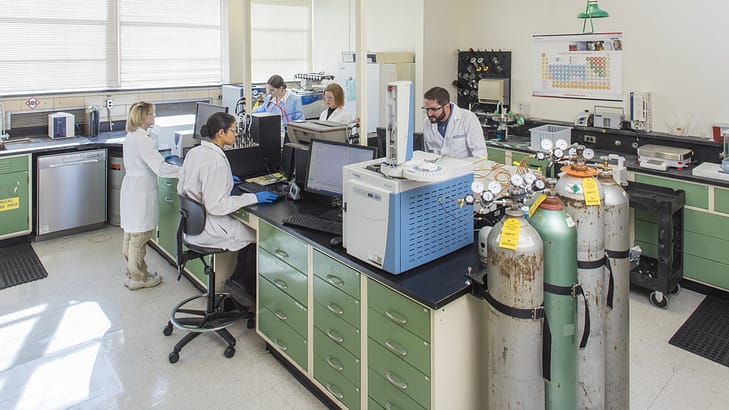
Ongoing Research
The science of herbal medicine continues to evolve rapidly. ClinicalTrials.gov currently lists thousands of active studies investigating herbal medicines:
•Advanced -omics technologies (genomics, proteomics, metabolomics) are revealing previously unknown mechanisms of herbal compounds
•Research is increasingly focusing on personalized responses based on genetic variations
•New delivery systems are improving the bioavailability of traditionally poorly absorbed compounds
•Combination studies are examining synergistic effects between multiple herbs or with conventional medications
Current clinical trials database listings show over 3,000 active studies investigating herbal medicines—evidence of sustained scientific interest in this field.
Regulatory Evolution
Regulatory frameworks are slowly adapting to accommodate evidence-based herbal products:
•The FDA’s Botanical Drug Development guidance provides pathways for herbal medicines to receive drug approval
•International harmonization efforts aim to standardize quality requirements across borders
•Evidence-based monographs from organizations like the American Herbal Pharmacopoeia provide quality standards
These developments suggest a future where the artificial divide between “natural” and “pharmaceutical” interventions may blur, focusing instead on efficacy and safety regardless of origin.
Taking Action: Your Evidence-Based Herbal Journey

The journey from ancient wisdom to modern validation shows that traditional knowledge and scientific inquiry can be complementary rather than contradictory. When approached with both respect for traditional knowledge and commitment to scientific rigor, herbal medicine offers valuable tools for contemporary healthcare.
Consider these steps for your evidence-based herbal approach, which align with holistic health strategies:
1. Research thoroughly: Look for herbs with substantial clinical evidence
2. Consult experts: Work with healthcare providers knowledgeable about herbal medicine
3. Choose quality: Select products with standardization and third-party testing
4 . Start gradually: Begin with lower doses and monitor effects
5. Be patient: Many herbs require consistent use for 4-12 weeks for optimal benefit
The convergence of ancient wisdom and modern science offers exciting possibilities—a truly integrative approach that honors traditional knowledge while embracing the rigor of contemporary research. For those beginning their wellness journey, our 7-day plant-based wellness starter guide provides a foundation for incorporating natural approaches into daily life.
Scientific Databases and Research
•PubMed – Comprehensive medical literature database
•ClinicalTrials.gov – Registry of clinical studies
•Cochrane Library – Systematic reviews and meta-analyses
Authoritative Health Organizations
•National Center for Complementary and Integrative Health (NCCIH)
•World Health Organization – Traditional Medicine
•NIH Office of Dietary Supplements
Related Articles on The Holistic Life-Hub
•The Timeless Tradition of Herbal Therapy
•Your Pharmacist + Your Herbalist: The New Healthcare Dream Team
•Unearthing Ancient Wisdom: Embrace Ancestral Health Practices
•Expert Insights on Mental Health with Evidence-Based Wellness Strategies
Medical Disclaimer
This article is for informational purposes only and does not constitute medical advice. The herbs discussed may not be suitable for everyone and can interact with medications or medical conditions. Always consult with a qualified healthcare provider before starting any herbal supplement regimen, especially if you are pregnant, nursing, have a medical condition, or are taking medications. The dosages mentioned are based on clinical studies but may not be appropriate for your situation. Never delay seeking professional medical advice because of something you have read in this article. The authors and publisher disclaim all liability for any adverse effects resulting directly or indirectly from information contained in this article.
Note: This article is enhanced with infographics and visual elements to improve understanding and engagement. All images and infographics generated are included to support the scientific content presented in this evidence-based review. For more evidence-based wellness content, visit The Holistic Life-Hub.


